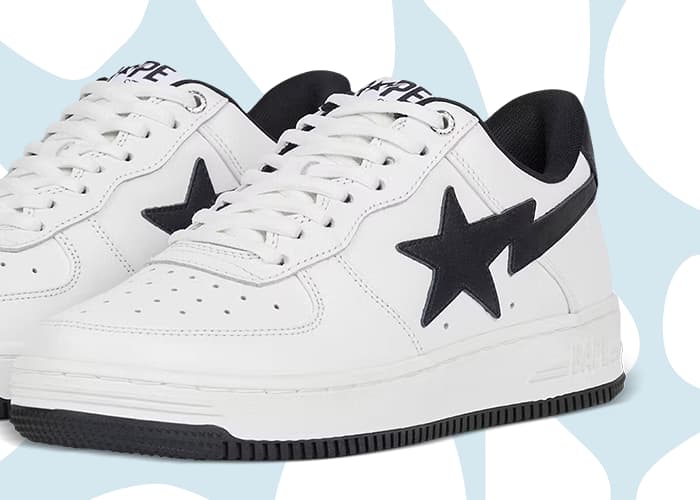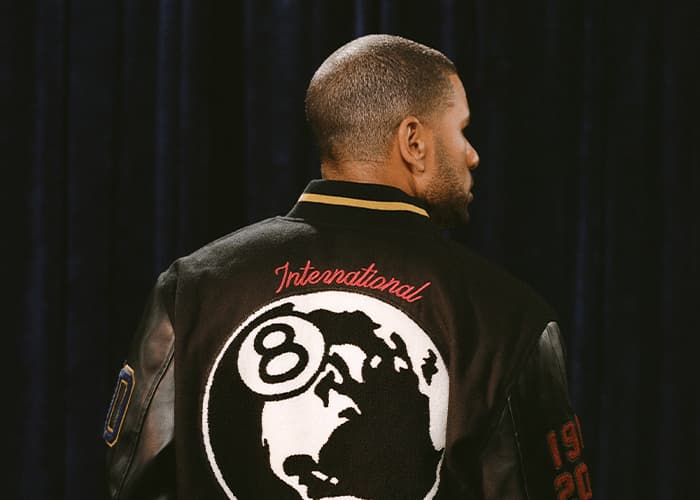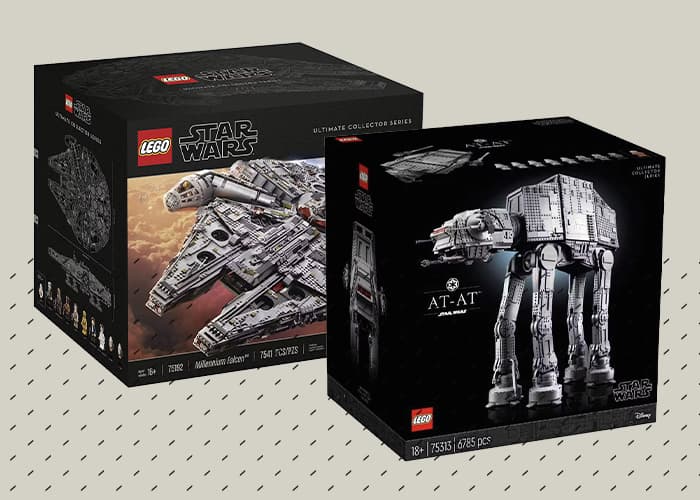David Eardley comes from the Tumblr generation where he learned, practiced, and cultivated a sense of taste and curation. In 2019 he founded Pink Essay, a design-focused curatorial platform that functions as both a creative studio and community focused on making the design space more accessible. Over the last three years, the Pink Essay Instagram account has amassed more than 100,000 followers and as a studio, they’ve hosted three exhibitions. We sat down with David Eardley, Pink Essay’s founder, and Matt Pecina, the platform’s Conceptual Director, to discuss their platform, their vision, and the future of the design space.

David Eardley – Photo Credit: Ramon Saturnino
Originally started as a newsletter, Pink Essay was created by David while he was working full time as an art and design teacher at a Montessori school in Brooklyn. Through that work, he found himself increasingly more interested in design and the design process. It was during this time, pre-2020, that he grew closer and closer to the New York design community. In late 2019, he hosted his first pop-up event and in early 2020, Pink Essay hosted their first-ever exhibition with David’s then-collaborator Anna Theroux Ling, who later went on to open her own creative consulting group Maruchi. “It just took off. I think there wasn’t really anything happening quite like that. And I think it represented a shift in design in New York and beyond, and people just seeking something a little more organic and accessible and fun,” said David Eardley. “I think we always, from the beginning, tried to tap into that and also tried to make it feel like we’re bringing people something that they can understand, no matter their background.”

Matt Pecina – Photo Credit: Jamie Ellington
It was during the pandemic that Matt Pecina joined the Pink Essay team. Pecina is a multidisciplinary artist who works in direction, design, styling, and more. He joined the team in 2020 after meeting Eardley online. “I was always a child of the internet, especially before I moved to New York. It was my main outlet for connecting with people,” Matt said. “Making friends online has always just been something really normal to me, that’s carried into adulthood.” Matt’s move to New York was about the thriving design and streetwear culture, something he hopes that Pink Essay can begin to build its own scene, both on the internet and in real life. “We want design and design culture to feel just as exciting and visceral as a music scene, as a punk scene, or as a local SoundCloud rap scene,” he said.
As a larger platform, Pink Essay has become a thriving community for any and all who are excited about design. “I feel pretty firmly about this: that our vision for Pink Essay is that we are facilitating a new design culture,” David said, “I want us to be a place both digitally and physically that people come to get excited about design.” Digitally, Pink Essay is well on their way to becoming the go-to platform for discovering new designers and keeping up with what’s happening in the world of design. Their instagram account, @pinkessay, posts culturally significant objects like chairs and tables on a daily basis, providing moodboard content for anyone interested in learning more about the space.

Pecina likens the community to the way that streetwear and the movement’s low barriers to entry have transformed the fashion space. He sees something similar happening in the furniture and design spaces as well. “The rise of streetwear completely revolutionized the fashion industry and created so much more space for independent designers to thrive in that space. I think that’s very similar to our goals in the design and furniture industry. And I believe it’s the natural evolution,” Pecina says. For those who’ve observed or participated in what’s gone on in the now-married cultures of streetwear and fashion, this is an exciting idea for the world of design.
Pink Essay is also using its platform to spread the word about up-and-coming designers. “DESIGNHEADS” is a regular interview series that highlights members of the Pink Essay community who are really interested in design. The series takes a laid-back and playful approach to the interviews, giving interviewees a safe, cool space to talk about things that matter to them and their interest in design. “DESIGNHEADS are people who are excited and interested about design. It’s like, to be a sneakerhead, you don’t have to design sneakers. You just have to be excited and passionate about them,” said Eardley, who writes and publishes the interviews himself. “I think it’s setting the tone for how we see our community and what we see is important and valuable.”
Creating community in physical spaces is another passion point for Pink Essay. To do this, Pink Essay has hosted three successful physical exhibitions.. The first exhibition hosted by both Matt and David, Physical Education: Parallax 101, organized with designer John Vieweg, was decidedly community-focused, highlighting the work of their friends and those who participate in the world of Pink Essay. “I just messaged a bunch of the artists in our community. My studio’s pretty small, but we did 10 artists and had a diverse range. Really made sure we represented everyone in our community, in all ways. And we just did it together,” said Pecina. “The curation and the way we’ve gone about it is, again, just really community driven and just using our network.”

Photo Credit: Matthew Gordon
Since then, they’ve hosted one more, Physical Education II: Design for All, which took place in May during the Frieze New York Art Fair. Like the first iteration of Physical Education, this exhibition featured the work of members of the Pink Essay community and was focused on what the future of the design industry might look like. Their vision for the future of their own physical exhibitions and events is to take things beyond New York with the hopes of fostering similar in-person communities in other cities. “A big part of this year and the next upcoming year is us thinking about how we can bring this excitement and this underground design culture to create opportunities for people in other cities and other places in the world to participate physically in things like exhibitions and events,” said Eardley.

Photo Credit: Matthew Gordon
Both Eardley and Pecina see the future of Pink Essay as expansive and increasingly more community focused -where digital meets physical. Their hopes, though, transcend a single platform entity like Pink Essay. Each see the future of the design space evolving in a way that’s more inclusive and accessible. What this means for the future of Pink Essay is that they plan to stay on the cutting edge of what’s happening in the design space while also making sure that they remain inclusive of anyone who’s interested in design. “It’s part of the proof that we’re doing what we aim to do. Creating an online culture and then an in-real-life culture that’s down to earth and community driven. We’re working with our friends and we keep our doors wide open,” said Matt. “It’s continuing to partner with people, to show their work and be their supporters and be their champions. I think right now we’re doing that,” said David.























